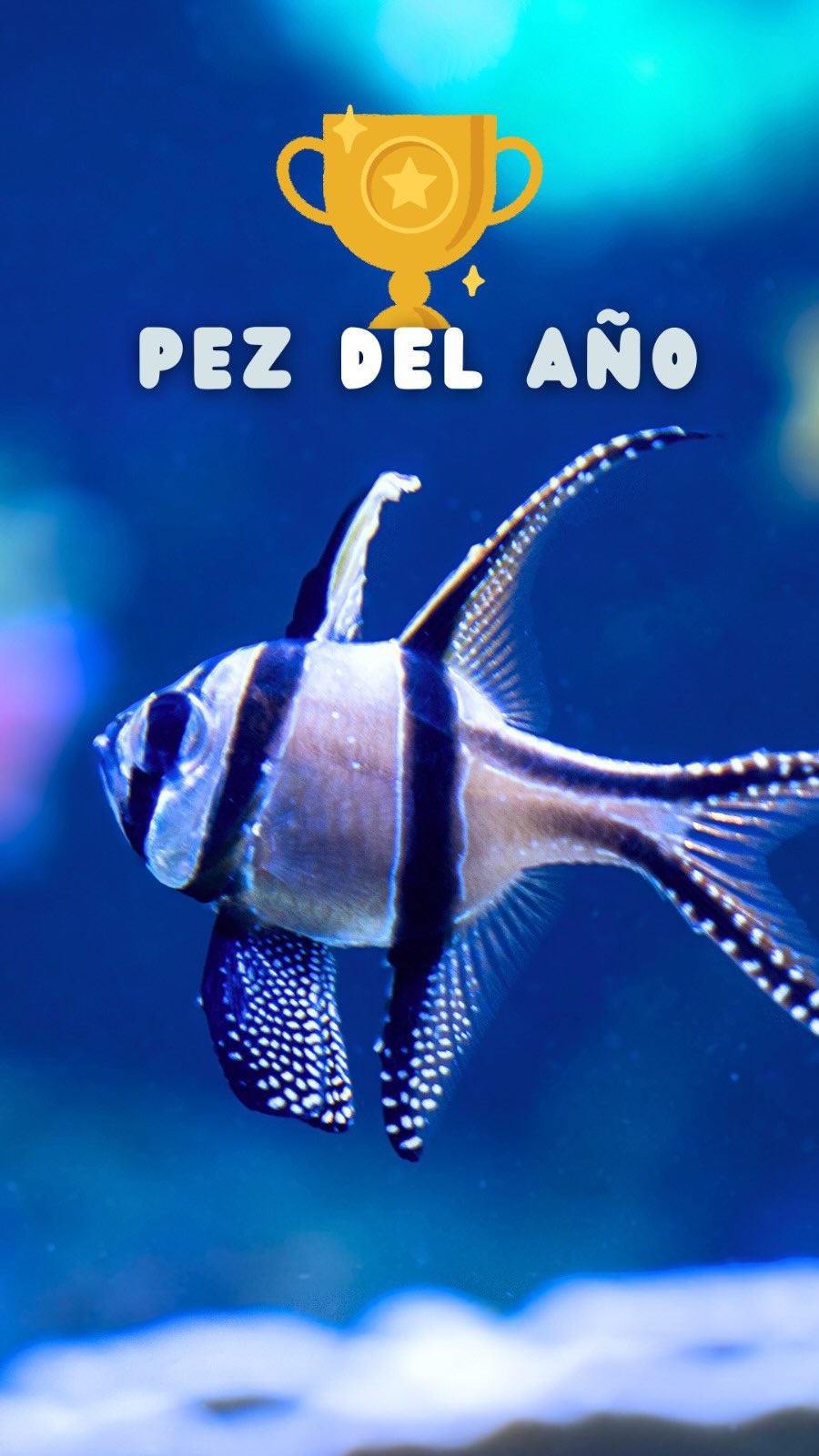- Background and Characteristics of the Banggai Cardinalfish
- Current Conservation Status and Threats
- Role of EAZA in Banggai Cardinalfish Conservation
- Impact of Aquarium Trade and Climate Change
- Strategies for Conservation and Protection
Background and Characteristics of the Banggai Cardinalfish
The Banggai Cardinalfish (Pterapogon kauderni) is a marine species native to the Banggai Islands of Indonesia. This small, strikingly beautiful fish is easily recognizable by its intricate pattern of black stripes and white spots adorning its silver body. Unlike many other fish species, the Banggai Cardinalfish is a mouthbrooder, which means the male carries fertilized eggs in his mouth until they hatch. This unique reproductive behavior provides a relatively high survival rate for offspring in the wild.
The Banggai Cardinalfish typically grows to around 8 centimeters (3 inches) in length and is known for its sedentary lifestyle, often found hovering near coral reefs, seagrass beds, or sea anemones. It thrives in shallow waters with a preference for clear, calm conditions. Its diet mainly consists of plankton and small invertebrates, which it actively hunts during the night and dawn.
Current Conservation Status and Threats
In recent years, the Banggai Cardinalfish has faced a dramatic decline in population due to overexploitation and habitat destruction. As of 2024, this captivating species is listed as Endangered on the International Union for Conservation of Nature (IUCN) Red List. The primary threats to its survival include the extensive capture for the aquarium trade and environmental impacts originating from climate change.
Millions of Banggai Cardinalfish are harvested each year to meet the demands of aquarium enthusiasts around the globe. This excessive collection has put significant pressure on their wild populations, leading to a sharp decline in their numbers. Furthermore, the degradation of coral reefs, essential for their habitat, has been accelerated by rising sea temperatures, ocean acidification, and destructive fishing practices.
Role of EAZA in Banggai Cardinalfish Conservation
The European Association of Zoos and Aquaria (EAZA) has played a pivotal role in the conservation of Banggai Cardinalfish. The organization has diligently worked to raise awareness about the species’ plight and implemented numerous collaborative efforts aiming for its protection. One such initiative is the Banggai Cardinalfish Conservation Project, which focuses on promoting breeding programs within participating aquariums to reduce the pressure on wild populations.
EAZA also supports field research and habitat restoration projects in the Banggai Islands. By working closely with local communities, EAZA endeavors to develop sustainable practices that can mitigate the environmental impact of human activities. Education and outreach programs are also essential components of their strategy, helping to inform the public about the importance of conserving this species and its habitat.
Impact of Aquarium Trade and Climate Change
The popularity of the Banggai Cardinalfish in the aquarium trade has instigated a series of ecological challenges. Alongside overfishing, the illegal and unregulated trade contributes further to the depletion of wild stocks. Aquaculture has been proposed as an alternative source for the aquarium market, yet it has not significantly reduced the collection from natural habitats to an extent that reverses the trend of population decline.
Climate change exacerbates the situation by threatening the coral reefs and seagrass beds that the Banggai Cardinalfish relies on for shelter and breeding. Coral bleaching events triggered by rising sea temperatures reduce the availability of suitable habitats. Additionally, ocean acidification disrupts the growth and health of corals, undermining the foundational ecosystem that supports not just the Banggai Cardinalfish, but a myriad of marine species.
Strategies for Conservation and Protection
Effective conservation strategies for the Banggai Cardinalfish must encompass a multifaceted approach. Establishing marine protected areas (MPAs) around critical habitats in the Banggai Islands could offer a refuge for the species from fishing pressures. Enhanced enforcement of existing wildlife protection laws is necessary to curb illegal harvesting and trade.
In situ breeding programs are another critical strategy. By promoting the breeding of Banggai Cardinalfish within their natural habitats, conservationists can help replenish depleted local populations. Coupled with population monitoring and scientific research, these efforts can provide vital data to shape adaptive management practices.
Public education and stakeholder engagement are also paramount. Promoting responsible aquarium trade practices among hobbyists and dealers can help reduce the demand for wild-caught specimens. Encouraging consumers to purchase captive-bred Banggai Cardinalfish can lessen the extraction from natural environments.
In conclusion, the Banggai Cardinalfish’s plight is a stark reminder of the delicate balance within marine ecosystems and the profound impact of human activities. Recognition as the Fish of the Year 2024 brings much-needed attention to its conservation. Collective actions by international organizations, local communities, and individuals are essential to securing a sustainable future for this exquisite species. Addressing the conservation challenges facing the Banggai Cardinalfish will not only benefit this unique species but also contribute to the broader efforts of preserving marine biodiversity for future generations.
*****
Source Description
🌊 ¡El pez Cardenal de Banggai ha ganado el premio al Pez del Año 2024!
✨ Junto con la @eaza_official, queremos poner en valor a esta preciosa especie, así que quédate a ver nuestro vídeo y descubre todas las curiosidades que le rodean.
⚠️ En la actualidad, este precioso animal se encuentra en peligro de extinción dado a su popularidad en la acuariofilia. Además, el cambio climático afecta directamente a su hábitat: los corales.
class=”instagram-media” data-instgrm-permalink=”https://www.instagram.com/reel/C-Us2Q_gaf8/” data-instgrm-version=”14″ style=” background: border:0; border-radius:3px; box-shadow:0 0 1px 0 rgba(0,0,0,0.5),0 1px 10px 0 rgba(0,0,0,0.15); margin: 1px; max-width:540px; min-width:326px; padding:0; width:99.375%; width:-webkit-calc(100% – 2px); width:calc(100% – 2px);”>


